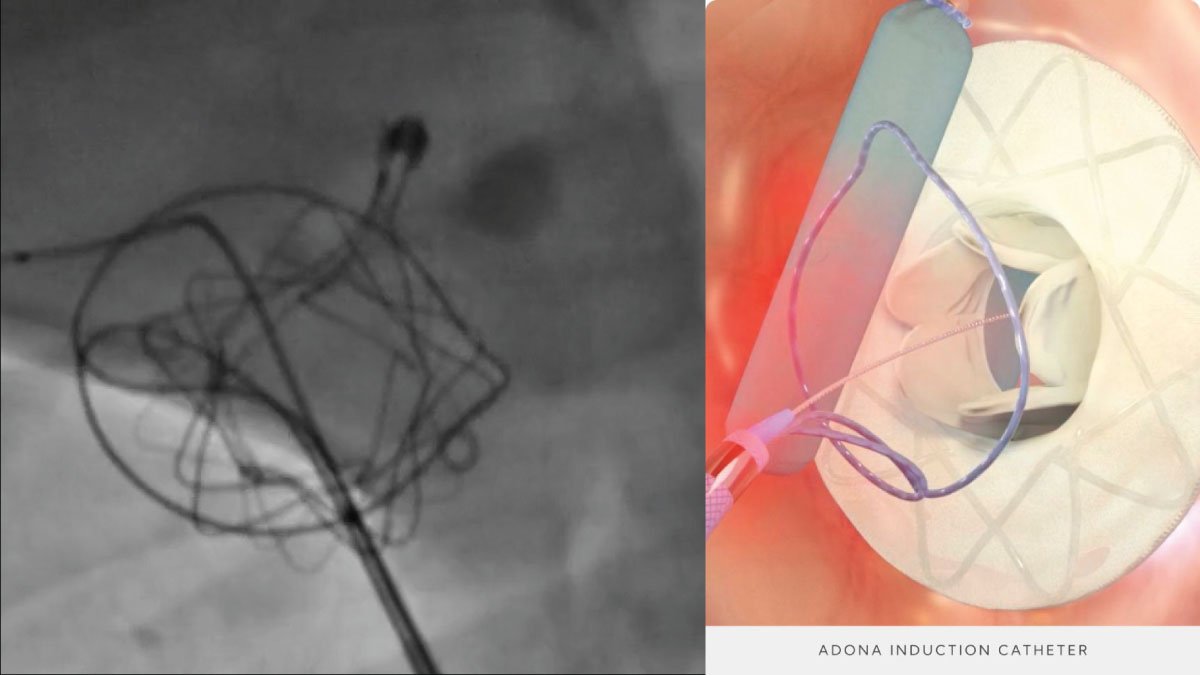Egg White-Based Bioink Scientists Develop Revolutionary Solution for Advanced Tissue Engineering

In a revolutionary development in the field of bioprinting, scientists have announced a revolutionary egg white-based bioink that promises to transform advanced tissue engineering. This innovation takes advantage of the unique properties of egg whites, offering significant benefits for medical applications and opening new avenues for future trends in the field.
Benefits of Egg White-based Bioink
The new bioink, developed by a team of researchers, exploits the natural properties of egg whites, also known as albumin. Egg whites are rich in protein and have excellent biocompatibility, making them ideal for tissue engineering applications.
The Main Benefits of this Egg White-based Bioink are:
- Enhanced biocompatibility: Bio-ink made from egg whites has high biocompatibility, reducing the risk of adverse reactions when implanted into the human body.
- Superior printability: The unique properties of the bioink enable precise 3D printing of complex tissue structures, improving the fidelity and functionality of the printed tissues.
- Cost-effectiveness: The use of egg white, a readily available and inexpensive material, makes this bioink a cost-effective solution for large-scale tissue engineering projects.
- Sustainability: Bioink is environmentally friendly because it uses a natural, renewable resource, in line with the growing emphasis on sustainability in scientific research.
Potential Applications in Medical Devices
The potential applications of this egg white-based bioink in medical devices are wide and varied. It can be used to create a variety of tissue structures for regenerative medicine, including:
- Cardiac patches: For patients with myocardial infarction, bioinks can be used to print cardiac patches to promote heart tissue regeneration and repair.
- Bone and cartilage scaffolds: The mechanical properties of bioink make it suitable for printing scaffolds that support bone and cartilage regeneration.
- Skin grafts: It can be used to create skin grafts for burn victims and patients with chronic wounds, thereby accelerating the healing process.
- Organic tissues: Bioink has the potential to create organic tissues for transplantation, addressing the severe shortage of donor organs.
Future Trends in Tissue Engineering
The development of this egg white-based bioink marks a milestone in tissue engineering, and its impact is expected to extend to several future trends:
- Personalized medicine: Bioink enables the creation of patient-specific tissue structures, paving the way for personalized medical treatments tailored to individual needs.
- Printing complex organs: As technology advances, it may be possible to print entire organs, revolutionizing organ transplantation and eliminating dependence on human donors.
- In vitro disease models: Researchers can use bioinks to print disease models for drug testing and research, improving understanding of various diseases and accelerating the development of new treatments.
- Sustainable bioprinting: The use of natural and renewable materials such as egg whites is part of a growing trend of sustainable and environmentally friendly scientific practices.
Conclusion
The introduction of egg white-based bioinks for advanced tissue engineering represents a transformative leap forward in the field of bioprinting. With its exceptional biocompatibility, printability and cost-effectiveness, this innovation has the potential to revolutionize medical treatments and pave the way for future advances in personalized medicine and organ transplantation. As researchers continue to explore and improve this technology, its potential applications in healthcare are limitless.




















